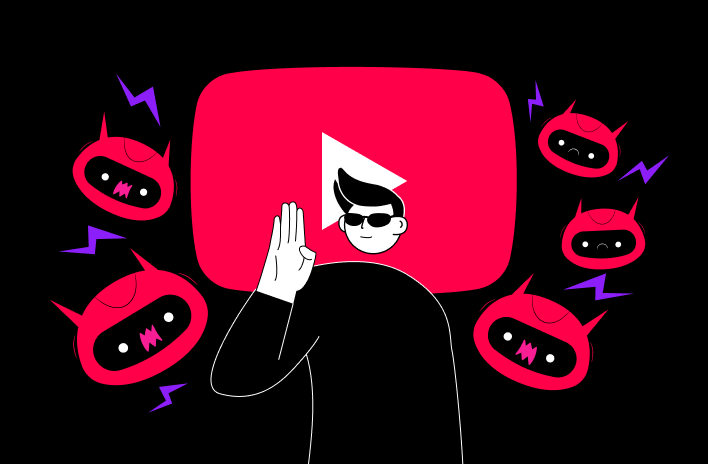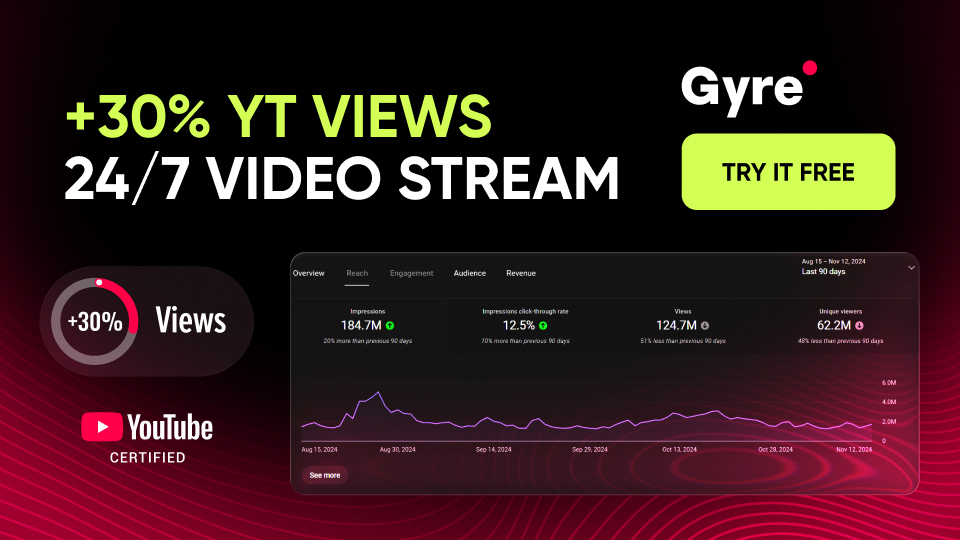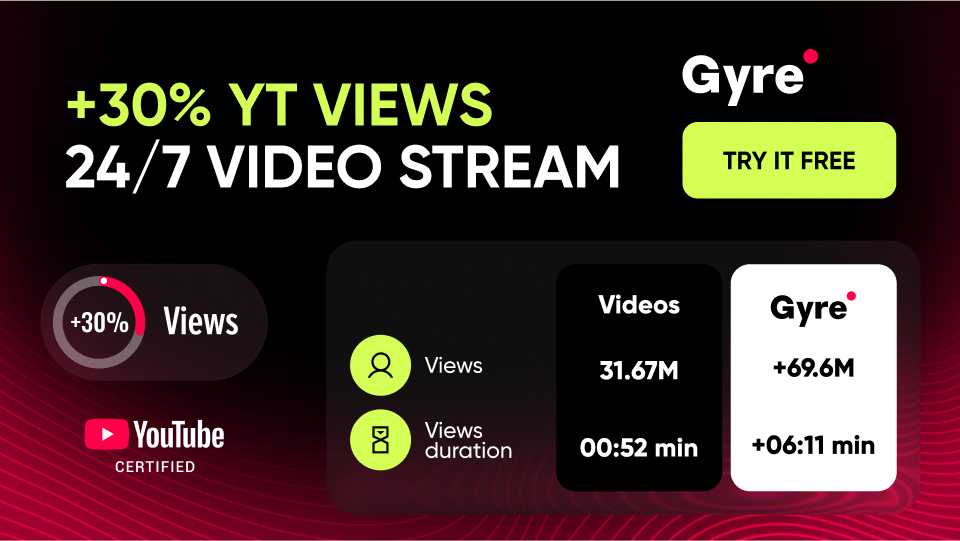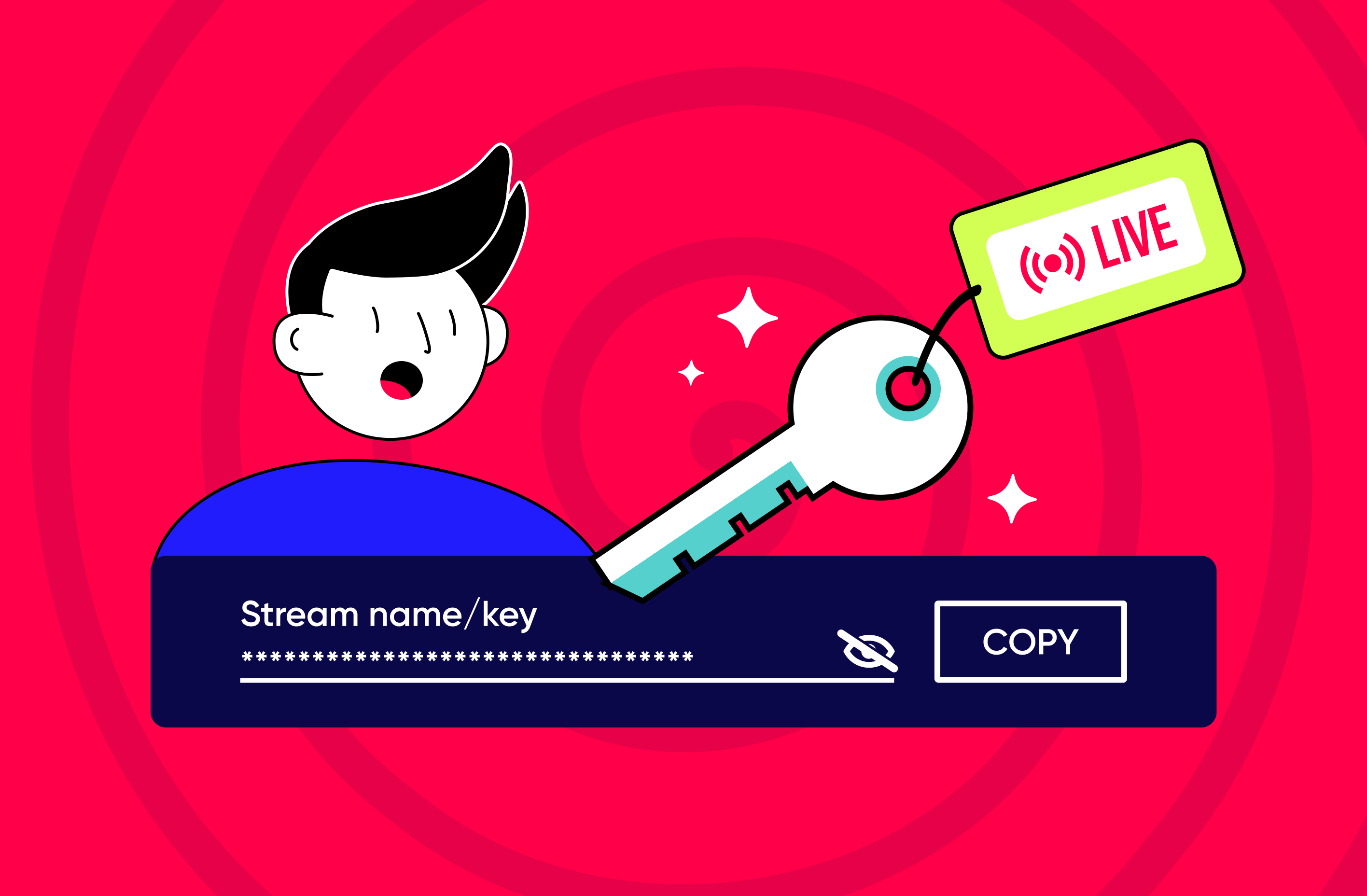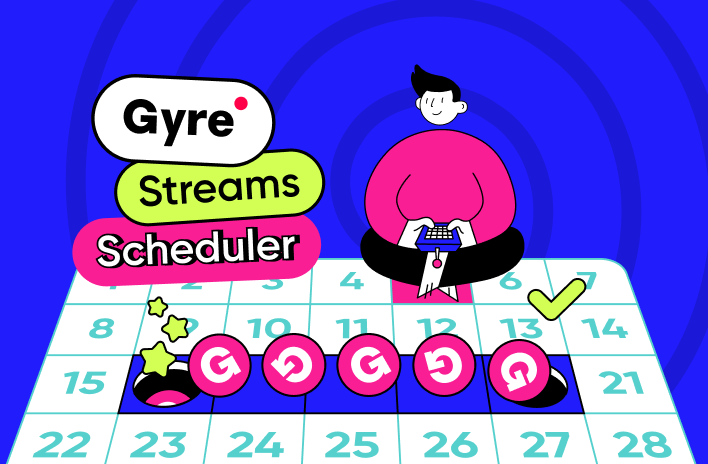What YouTube Thinks About Bots
The first thing to start with is the rules and requirements of the YouTube platform. Google Help states that artificially increasing views or user reactions is prohibited and may result in content removal and account termination.
YouTube takes care of the ecosystem, regularly analyzes the platform content, and deletes videos with inflated views/viewer reactions and “users” whose only task is to leave a certain type of comment.
Why Would Someone Set Bots on My YouTube Channel?
This is a complex issue. There can be many reasons but the most common ones are listed below.
Bots are used to harm a competitor
People try to remove competitors using bots. Bots are most often seen in comments to streams with links to various resources. As a rule, these resources are low quality (for example, pornographic sites and various scams).
YouTube algorithms analyze traffic and may notice that viewers are leaving the website. Thus, hidden blocking can be put on such streams, and traffic will begin to drop significantly. While the channel is in the shadowban, a competitor will take your place and get views.
Bots bring specific themes to the top
Bots place misleading advertising content to other sources
Bots are used to damage a channel owner's reputation
Let's say comments appear under your videos that are potentially helpful in developing your channel but are difficult to distinguish from the comments of live users. You naturally respond. But then other users appear and accuse you of responding to supposedly your own custom comments to try to promote yourself.
Bots are used to harm channel statistics
Viewer retention is one of the fundamental metrics that YouTube algorithms consider when recommending content to an audience. Now imagine that the average time of your 15-minute video with an average retention of 9 minutes is attacked by an army of bots with a 10-second presence. The average retention time drops, and YouTube recognizes that the video is not being watched to the end and stops actively recommending it.
Bots can remove content from recommendations
YouTube has limited the visibility of dislikes under videos, but all information is available to owners in the statistics. If you notice that the number of dislikes under videos exceeds your usual rate, most likely, bots have been working hard. YouTube will not remove your content because it has too many negative reactions. In this case, dislikes serve to demotivate the channel's author.
There is a lot of discussion about the influence of likes/dislikes on recommendation results. We believe that YouTube Studio metrics have more influence since there are many ways to get likes. The accurate indicator of content quality is user activity on the channel and its retention. But we do not argue that algorithms also consider the number of likes/dislikes.
Considering the following situation, the number of user reactions can be a powerful metric for YouTube algorithms. Let's say that the same army of bots lowered the average audience retention time and, in addition, left a huge number of dislikes under your video. This damages statistics, the number of dislikes exceeds likes, and the algorithms may perceive such a video as unhelpful, irrelevant, and causing a negative reaction from the audience.
There are other reasons bots are used, but we listed the most common ones.
How to Identify a Bot?
Take a look at the statistics. If you see a lot of views for 10-15 seconds, these are likely bots that increase your views.
If under your video or several videos you notice the same type of comments from different users, we recommend you check these accounts.
Go to the user account and look at the registration date in the section “About the Channel.” If the user was registered recently, most likely it’s a bot. The less information there is about a user, the more likely that user is a bot. Pay attention to the username and avatar. People can represent themselves in various ways in the virtual world. But in combination - a recent registration date, lack of personal information, and a strange username will help you identify bots.
Who is Responsible for Bots’ Activity?
Everything that happens on the channel is the responsibility of the channel owner.
Both attackers and channel owners can use automation. But the channel will not benefit from artificial views/comments/subscribers.
If you choose to artificially boost views and user reactions to popularize your channel, as the owner and author of the channel, you should be prepared for the platform to identify this activity and even remove such content or terminate the channel altogether. This can occur even if this activity was more than a year ago.
If you did not use these methods of automatic promotion, but comments from bots appear on your channel, the entire responsibility for preventing such cases also lies with you. This is not as dangerous as blocking or removing content, but reputational risks remain.
In this case, we recommend that you delete such comments, write to YouTube support, and report that your channel has come under the negative influence of bots.
Even if these were positive comments, but you are sure that bots left them, delete them. So that YouTube algorithms do not think that you, as the channel owner, decided to promote to get your content into recommendations in this way.
YouTube regularly checks channel activity. If you are sure that, in addition to comments, the scammers added false subscribers or views, contact support, and they will help you remove them.
What Should I Do if There are Bots on My Channel?
- Contact support, block these users, and remove comments.
- You can set various restrictions if you notice bots appearing in the chat during a live stream. For example, only a subscriber can comment. Or limit the number of possible comments from one subscriber (1 comment per 5 minutes).
- At the video or channel level, in the comments settings, enable the “Check for potentially inappropriate comments” feature so that comments are moderated before publication.
- Try closing comments and setting reactions for an hour or two so that the bots’ activity decreases or disappears altogether.
- Pay attention to the geolocation of low views, abnormal reactions, and comments by subscribers. If you see that these users are not from your geolocation, block and disable the display of your content for this country.
- Visit Google Help for articles on invalid traffic.
It's easier to prevent bot activity than to clean everything up later. Therefore, we recommend that you review your settings for comments in live streams.
If you have detected bot attacks and know effective ways to deal with them, leave them in the comments to this article. This will help other YouTubers detect bots and deal with fake audiences effectively.


